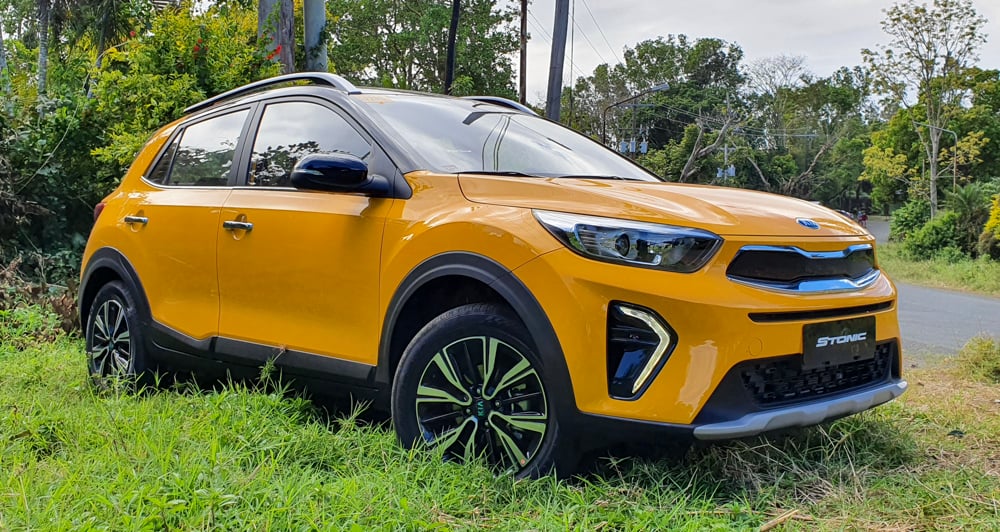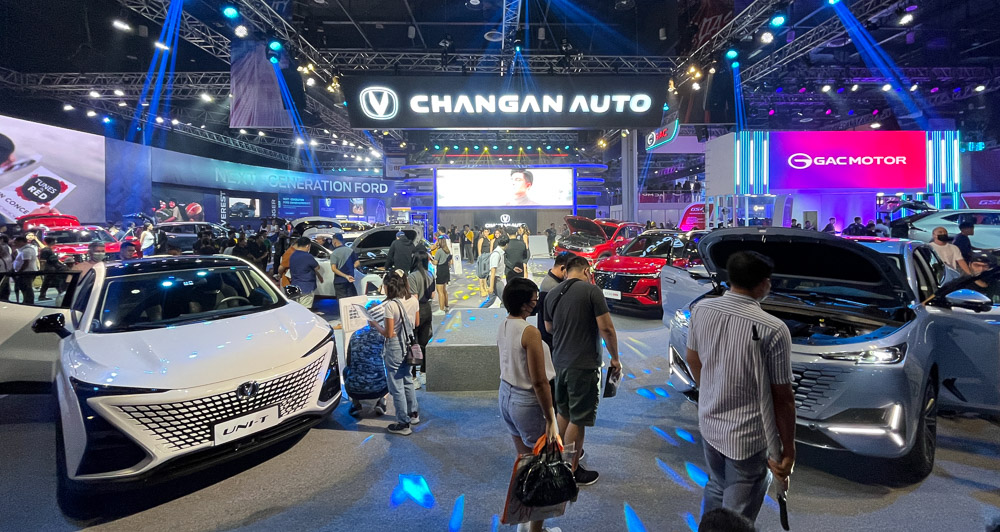
I first encountered the name “Pagani” while browsing through Auto Motor Und Sport’s annual buyer’s guide, probably in 1998 or 1999. I was a college student back then. Though I couldn’t understand what the magazine said, the pictures of Pagani’s Zonda C12 got me totally floored: Now this was a real exotic that any car-crazy kid would probably sketch in class on a lazy afternoon. Little did I know that one day, I would meet the man behind the car. Small in stature he may be, but truly big his dreams and passion are. Bigger still is the man’s heart that has allowed him to focus on his dream and never give up.
Horacio Pagani was born in Casilda, Argentina, on November 10, 1955. His father was an Italian immigrant in Argentina and was a baker. In hindsight, Signor Pagani believes he got his knack for working with his hands at his father’s bakery, where lots of manual labor was required to finish each batch of bread every day.
He finished a degree in Industrial Design and Mechanical Engineering. At the age of 20, he built his own F3 race car, which had great success in the local Argentinian racing series. His first big break came when he was hired by Renault to improve on the aerodynamics of a race car. His work at a small scale proved successful, which prompted him to visit his father’s home of Italy. He went to Lamborghini and met with technical director Giulio Alfieri, which prompted him to move to Italy permanently. At the age of 26, Pagani, together with his young 19-year-old wife, moved continents from South America to Europe, carrying nothing more than two large bags containing their personal belongings, hopes and dreams.

Pagani and his wife started working at the Lamborghini factory, doing odd jobs such as sweeping floors and cleaning work stations as he slowly climbed his way up the ranks. He eventually became a chief engineer at Lamborghini and designed the Countach Evoluzione in 1987, which showcased carbon-fiber and Kevlar composite parts and body panels. Seeing the potential, Pagani approached Lamborghini’s top management and asked them to buy an autoclave, essentially a large oven that heats up carbon fiber and other composite materials to increase their strength and structural rigidity while reducing their weight. Lamborghini management famously denied his request, saying that since its nemesis (Ferrari) didn’t have one, Lamborghini also didn’t need one. Not allowing this to hamper his dream, Pagani left on his bicycle to borrow money under his name from a local bank to purchase his own autoclave. He had it delivered and installed inside the Lamborghini factory. The rest is history.
Horacio eventually left Lamborghini in 1991 to start his own design and engineering consultancy firm, Modena Design. To this day, the company supplies carbon fiber and other composite materials to race teams worldwide, including various Formula 1 teams and many original equipment manufacturers in the supercar valley of Modena, Italy.

In 1994, Pagani conceptualized his first supercar, the Zonda. Designing the platform wouldn’t be a problem, thanks to his pioneering knowledge of carbon fiber and other composite materials. In fact, he likes to work with a variety of metals as well, all with the aim of finding the strongest but lightest metal alloys depending on the use: aluminum, titanium, high-boron steel and all manner of metals. But the biggest challenge was the powertrain: It would be very difficult, almost insurmountable, to develop an engine for such a low-volume sports car. Thankfully, Pagani’s compatriot happened to be a well-connected and well-respected race car driver. Juan Manuel Fangio, five-time Formula 1 champion and fellow Argentinian, shared a close relationship with Pagani. Fangio helped open doors with Mercedes-Benz and later AMG for the Germans to supply their powertrains (engines and transmissions), electronics and whatever else Pagani needed to finish his passion project.
Today, Pagani Automobili SpA and Modena Design are working furiously hard to deliver the next-generation supercar and exotic materials. During his Manila visit last March 26, I asked about carbotanium, a proprietary composite material conceptualized by Pagani from carbon fiber and titanium woven together in strands to produce unparalleled strength, rigidity and heat resistance. Horacio smiled, as if to appreciate someone who knows his work beyond the cars, and proceeded to give an epic explanation of composites.
Currently, carbotanium is used on Pagani vehicles, and, although unconfirmed, is supposedly licensed out to other manufacturers that make extensive use of carbon fiber and composite materials for their cars. Signor Pagani promised us that we would see more innovation from his team in the coming years, with newer, lighter and stronger composite materials.
Today, Horacio Pagani still owns Pagani Automobili with 96.5% of the shares of stock. The company’s last financial performance showed a total revenue of €88 million, with roughly half of that in pretax profit. Practically everything is invested back into the company. No lavish lifestyle, wild parties and the like. His two sons, Leonardo and Christopher, also work together with their father in the factory. He is very hands-on at work: He knows everything that goes on in his modest factory, where production is capped at a maximum 40 units a year.


Pagani loves cars (obviously). Aside from his stable of exotic hypercars made by his company, he has an enviable collection of sports cars from other manufacturers. He owns (or has owned) a wide variety of Ferraris, Lamborghinis and Porsches. Today, he seems smitten with his latest acquisition, the Ford GT (EcoBoost V6), whose photographs he proudly showed us on his phone—just like any car guy would. And surprisingly, he owns what he believes is the only Toyota Alphard in Modena. But every day, he rides his bicycle to work as he lives only three blocks away from their factory in San Cesario sul Panaro.
Should you ever find yourself in his neck of the woods, drop by the Pagani facility and take the tour. If you’re lucky, Horacio Pagani himself might be the one to show you around as he has been known to do when he isn’t too busy at work.
NOTE: Mr. Pagani’s recent visit to the Philippines was arranged by the Autohub Group, which acts as an authorized sales agent for Pagani Automobili in our market.











Comments